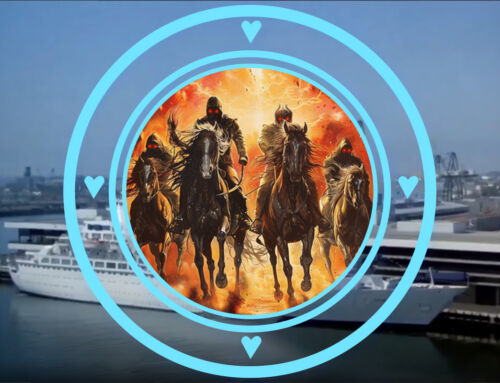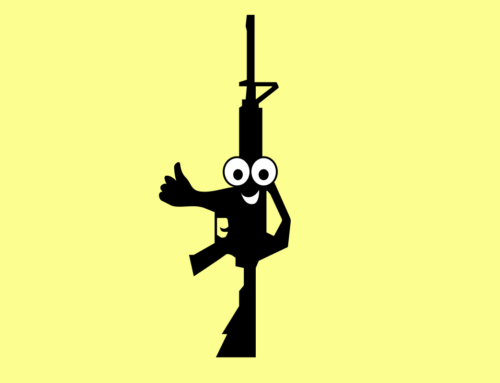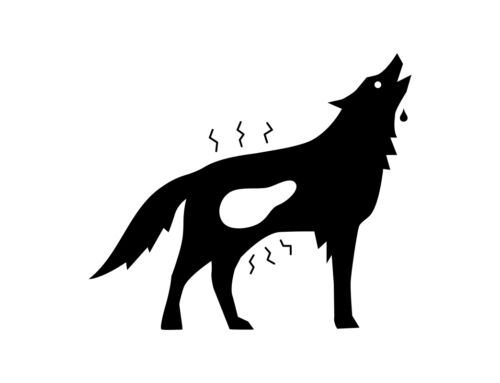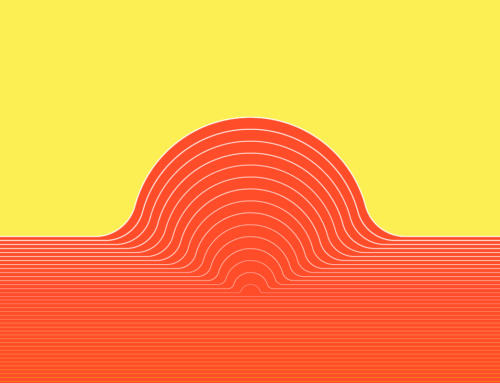H.A.L. (2001)
This is the big guy. The character to which any conversational computers are inevitably compared. Created by Arthur C. Clarke and brought to the screen in Stanley Kubrick’s 2001: A Space Odyssey, HAL thoughtfully illustrated both the possibilities and the potential dangers of thinking machines.
From a personality design standpoint, however, HAL left a bit to be desired. With the voice of a plain-spoken, late-night radio host, HAL was very much a utilitarian, task-oriented on-board computer. Though he played chess, and paid attention to the stress-levels of his human counterparts, he offered little in the way of light-hearted companionship during the long journey through space.
HAL’s monotone voice, his analytical responses, and his glass-enclosed camera lens, inevitably left the audience with the feeling that HAL was very much dead inside. As a stylistic choice, this impression served the story remarkably well, especially considering the path HAL’s character took near the end of the film. But as a model for cognitive, conversational interfaces, HAL exemplifies the exact opposite of what it should feel like to talk to a computer. Though they may be truthful, outward characteristics which emphasize the soul-less, mechanical nature of a device only deepen the divide between humans and computers instead of building a bridge.
Name:
HAL 9000
(Heuristically programmed ALgorithmic computer )
Year Introduced:
1968
Fictional timeframe:
Story takes place in 2001
HAL first became operational on January 12, 1992
Creator:
Arthur C. Clarke
Stanley Kubrick
Fictional Creator:
Dr. Chandra of The University of Illinois’ Coordinated Science Laboratory
Voiced by:
Douglas Rain
Physical Presence:
A red-lit, unblinking camera lens that stares hauntingly outward.
Gender
Male
Charm Score
3 / 10











Funny, interesting and thanks for the adversion. Information on 3 and 4 is mixed up though…